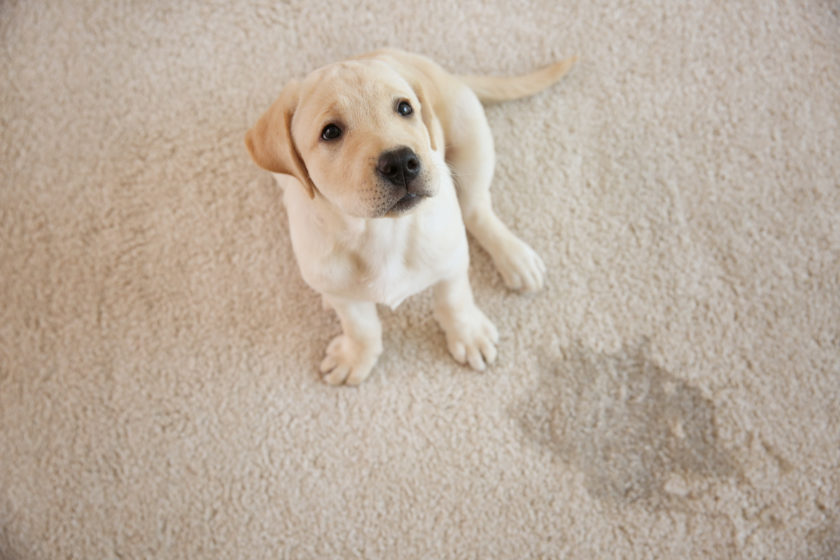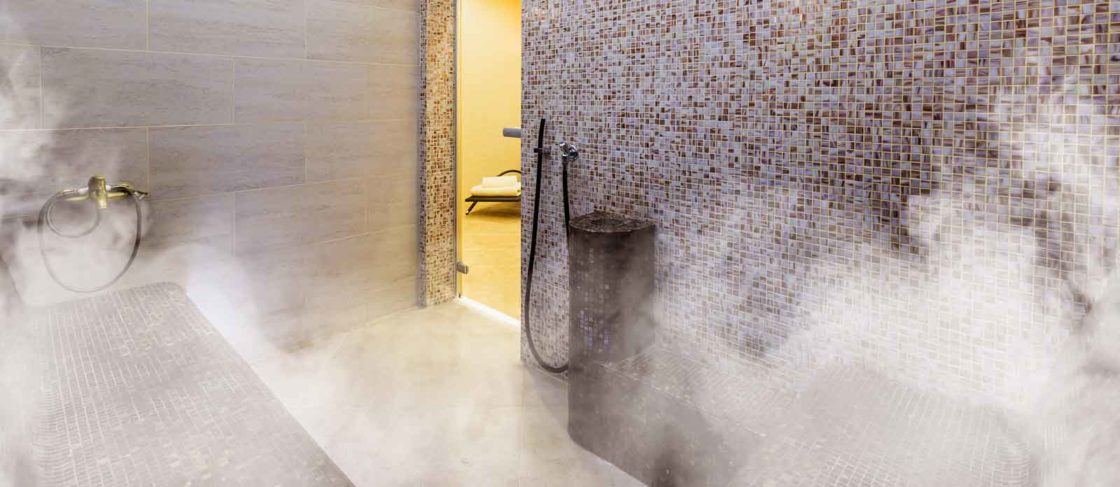There’s no doubt that Americans revel in their morning coffee to get off on the right foot. But why settle for an ordinary cup from a drip coffeemaker when you brew a pot worthy of a king?
That’s where a French press comes into play. You have free rein to brew boldly flavored lattes, espressos, and cappuccinos without paying top dollar for a barista to whip up your favorite beverage at your local coffee shop.
Instead, you can enjoy a sophisticated cup right from the comfort of your home. Furthermore, in case of spillages, you can use a steam mop or carpet cleaner to get the job done in a jiffy.
You’ve done your due diligence, purchased a top-grade French press, and learned how to brew the perfect cup of French Press coffee. Now, it’s time to clean this handy appliance.
You read over the instruction manual that doesn’t offer much help. Fortunately, you’ve come to the right place. Read on as we walk you through how to clean a French press.
What You’ll Need to Clean a French Press
You’ll require the following tools or equipment.
- An automatic dishwasher
- A bucket or sink
- A plastic or wooden spatula
- Microfiber cloths
You’ll need the following materials.
- Hydrogen peroxide
- Dishwashing liquid with a degreaser
- Distilled white vinegar
- Citric acid powder
A Step-by-Step Process of How to Clean a French Press
To get started, follow the instructions below.
Step 1: Empty the Coffee Grounds
You’ll notice that most of the coffee grounds are concentrated at the bottom of the carafe. Here’s where the plastic or wooden spatula comes in handy. Use it to loosen the grounds for easier emptying.
Avoid using a metal utensil as it may leave abrasions. It’s worth keeping in mind that while there are numerous ways to use leftover coffee grounds around the garden and house, the two places they should never go into are garbage disposal or down the sink.
Step 2: Use Hot Water to Rinse the Components
Rinse the remaining coffee grounds in the press with hot water while leaving the plunger and filter connected.
Step 3: Add Dishwashing Liquid
Once you rinse away the coffee grounds, add a spritz of dishwashing liquid, particularly one that includes a degreaser.
Step 4: Add Hot Water
Fill the carafe halfway with hot water and insert the filter or plunger or filter. Slowly plunge up upwards and downwards about four to five times to get rid of residue and grease.
Step 5: Empty and Rinse Well
Empty the warm soapy water into the sink and rinse every component properly with hot water.
Step 6: Dry the French Press
Detach the components of the coffeemaker and allow them to air-dry. Before reassembling the machine, use lint-free microfiber cloths to dry every component.
How to Clean a French Press Daily in a Dishwasher

If the French Press is dishwasher-friendly, you can skip the tedious hand-washing process and use a dishwasher. To confirm whether your coffeemaker is dishwasher-safe, refer to the manufacture’s website.
Step 1: Dispose of the Coffee Grounds
Empty the grounds from the French Press and properly dispose of them. Next, rinse the plunger, carafe, and filter to get rid of the remaining grounds.
Step 2: Disassemble the French Press
We recommend entirely disassembling the components before you use your dishwasher to get them spick and span. Unscrew the plunger from the filter and put each component in the dishwasher’s silverware basket. If you opt to leave the plunger and filter intact, entirely extend the plunger and put the entire piece at the top rack of the dishwasher.
Step 3: Load the Carafe
Put the carafe at the top of the dishwasher rack. If it doesn’t fit, ensure you tuck it away safely from anything at the bottom rack that might leave abrasions on the surface.
Step 4: Run the Dishwasher
Use your dishwasher detergent to run the wash and dry cycles.
Deep Cleaning a French Press
Here are step-by-step instructions on how to deep clean your French Press.
Step 1: Empty the Coffee Grounds and Rinse Properly
Dispose of the coffee grounds and use hot water to rinse the coffeemaker properly. The goal is to get rid of all the loose grounds.
Step 2: Disassemble the French Press Components
Disconnect the plunger from the filter. You might require rinsing the filter again to ensure there are no leftover grounds.
Step 3: Make a Cleaning Solution
In a large bucket, bowl, or sink, make any of the following mixtures:
- Mix 1 tablespoon of dishwashing liquid, 1 tablespoon of hydrogen peroxide, 1 tablespoon of citric acid powder, and 2 cups of hot water
- Mix 3 cups of hot water and 1 cup of distilled white vinegar
Step 4: Soak the Plunger and Filter
Submerge these components into the cleaning solution and let them soak overnight.
Step 5: Clean the Lid and Carafe
Add a few drops of the dishwashing liquid and fill the carafe halfway with hot water. Thoroughly clean the interior of the carafe with a microfiber cloth.
If you notice white deposits or spots, fill the carafe with a mixture of white vinegar and water in the ratio of 1:3. Allow the mixture to sit overnight. Clean the lid in soapy water.
Step 6: Rinse Properly and Dry
Once all the French Press components are clean, rinse each properly with hot water. Leave each piece to air-dry in a dish drainer and wipe with a clean microfiber cloth before you reassemble the appliance.
How Often Should You Clean Your French Press?
Just as single-cup makers and their drip counterparts require frequent cleaning to keep them functioning in tiptop condition, the same applies to a French Press. You must empty the grounds with every use and wash the plunger, vessel, and strainer afterward.
At least once or twice a week, deep cleaning should be conducted to eliminate the buildup of water minerals and oils. Coffee grease can become rancid and ruin the flavor of your next cup, and hard water buildup can damage your French press coffee maker.
Whether you have a glass or metal French Press, cleaning the machine is a breeze and requires a few supplies to produce a mouthwatering cuppa Joe.
What to Do If You Don’t Have a Garbage Disposal
We advise against disposing of coffee grounds in your sink if you lack grinding garbage disposal for food waste in your kitchen. While a tad bit of coffee is harmless, throwing a boatload of grounds daily will undoubtedly clog the drain in the long run. Here are a few options on what to do instead.
Throw it Outside
Add some water to the grounds, swirl it, and pour it onto a garden or bush outside. Although coffee water is harmless to most plants, we’d suggest conducting your due diligence to ensure it’s safe for the various types of garden flowers.
Use a Strainer Inside
Pour the coffee water into a strainer that will trap most of the grounds. Next, toss them outside or into the trash. While that might be tedious to do every day, it’ll save you the hassle and of frequently roping in a plumber to unclog your kitchen sink. Additionally, these leftover grounds come in handy for various self-care products.
FAQ
Here are the answers to some of the most commonly asked questions when it comes to cleaning a French Press.
How frequently should you wash a French Press?
You should wash your French Press after each use. Coffee oils become rancid and quickly ruin the flavor of your coffee. With a clean French Press, this becomes the least of your worries.
How do you use vinegar to clean a French Press?
If you opt to use vinegar to clean your French Press, empty the grounds and fill the machine with equal parts of boiling water and vinegar. Allow the mixture to soak for up to 5 hours before rinsing thoroughly.
Keep in mind that if you use a mixture of baking soda and vinegar, you’ll make a DIY volcano. That means it’ll overflow violently, and that’s the last thing you need.
How do you get rid of mold from a French Press?
Start by disassembling the unit as normal and ideally place the components in a dishwasher. If you’re sensitive to mold, we recommend using latex gloves. Contrarily, if you don’t have a dishwasher, you can manually clean the parts using soap and water.
If the mold is stubborn, soak the components in a hot water and vinegar solution for up to 1 hour before cleaning them.
Bottom Line
With a French Press, you can delight in a flavorful cup of coffee, and you shouldn’t dread using one just because it’s more involving to clean compared to drip coffeemakers. Once you disassemble your press, you can follow the above steps to get it spick and span. The pleasure of a mouthwatering cup of coffee makes the effort worthwhile.

